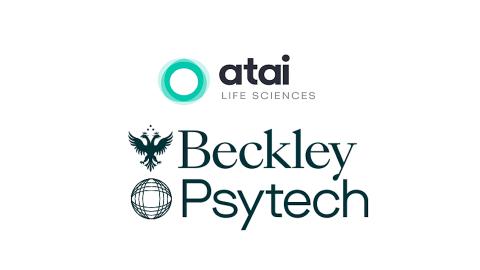
Beckley psychedelic hits the target, unlocking atai merger
Newsletters and Deep Dive digital magazine




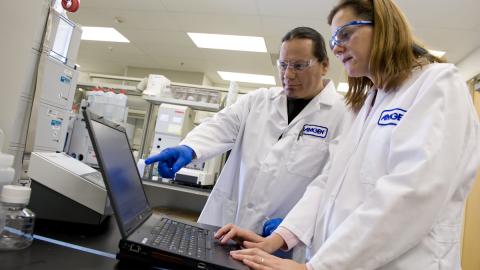



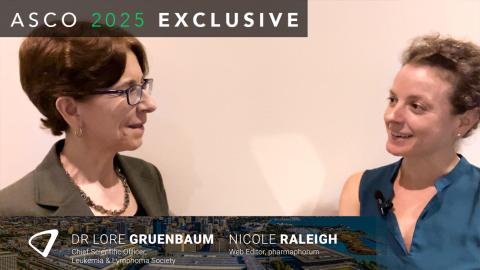

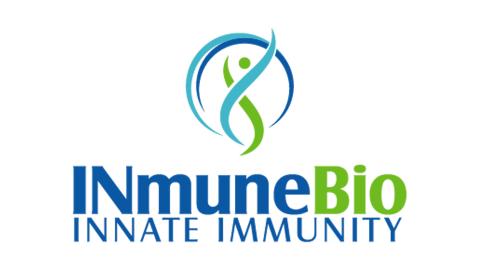

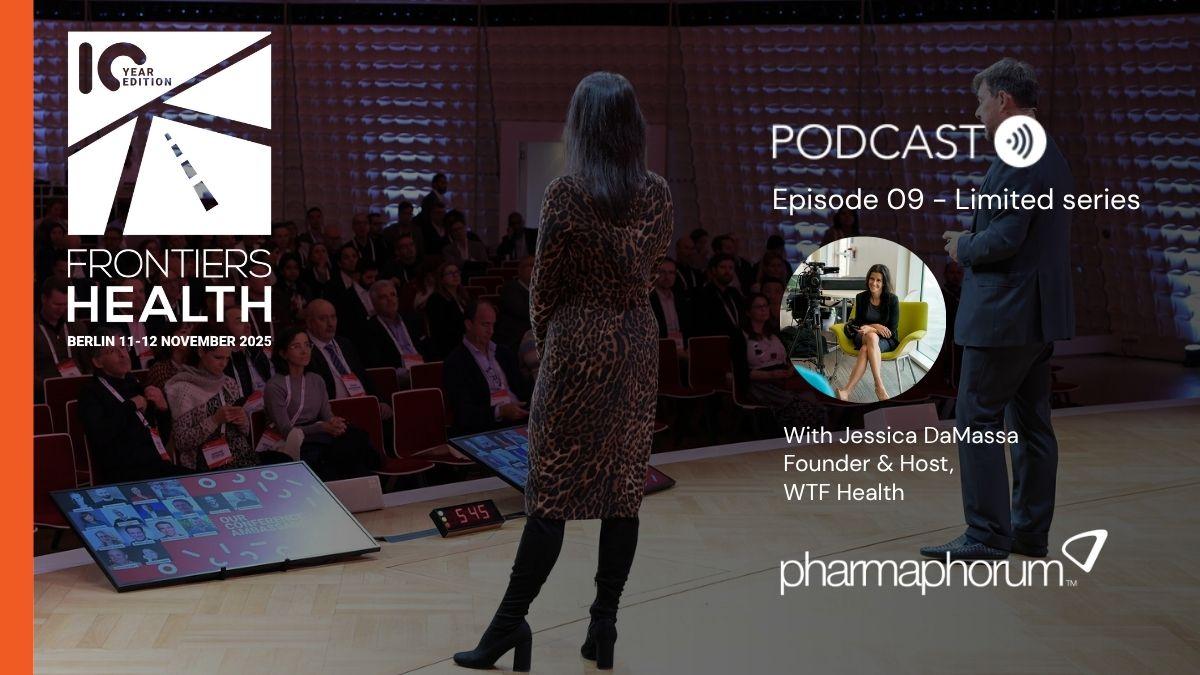
In a new episode of our limited Frontiers Health series of the pharmaphorum podcast, we speak with WTF Health founder and event emcee, Jessica DaMassa

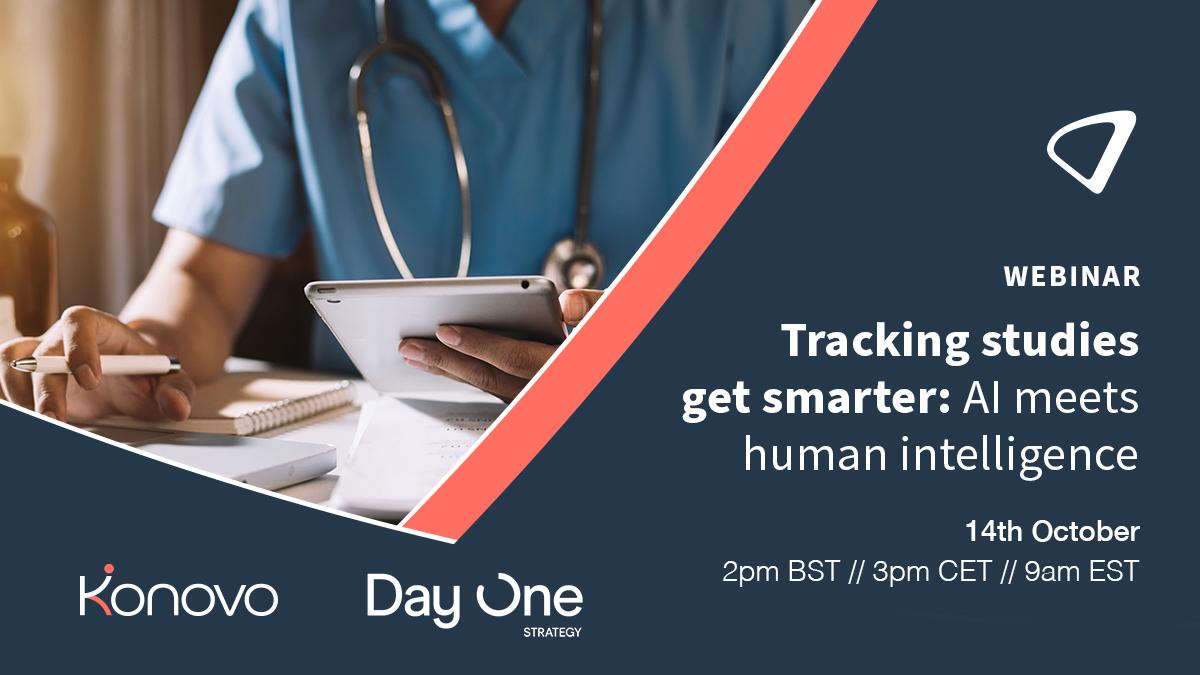
Having a continuous pulse on brand health is essential for pharmaceutical companies to inform strategic decisions and establish Key Performance Indicators (KPIs) in an ever-changing market

Daniel Kohlstaedt, managing director of PurpleLeaf Strategy, with more than 18 years of experience in pharma, talks about his journey through the industry.

Read Zühlke’s new white paper, ‘Future Proof Production: Implementing AI in pharmaceutical manufacturing’ today.
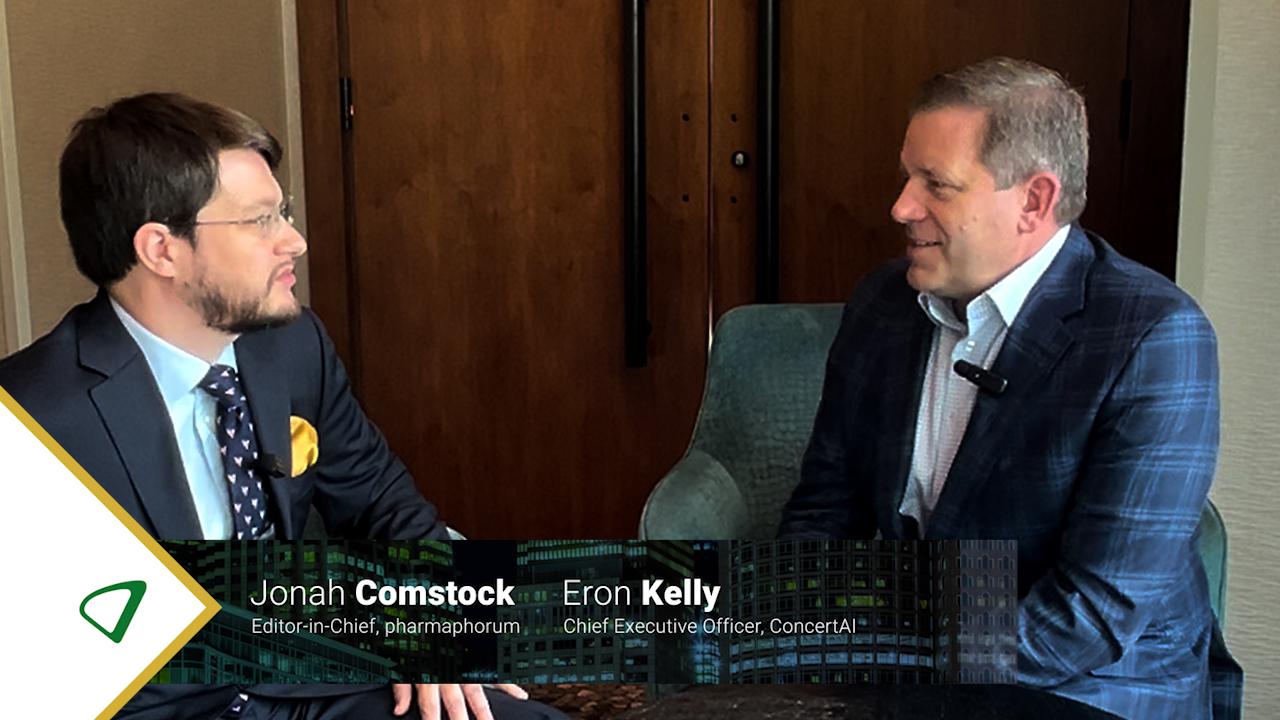
At LSX 2025, Eron Kelly, CEO of Concert AI, discussed the work his Boston-based start-up is doing in oncology.

There are some 7,000 known rare diseases in the world, yet, multiple challenges and unmet needs remain when it comes to therapies for these diseases.

The transaction delivers total liquidity of $240 million, making it one of the largest employee-centric liquidity events in the industry.

Assessing LNP Immunogenicity & Toxicity to Effectively Monitor Clinical Safety & Ensure Regulatory Compliance for Novel Therapeutics & Vaccines